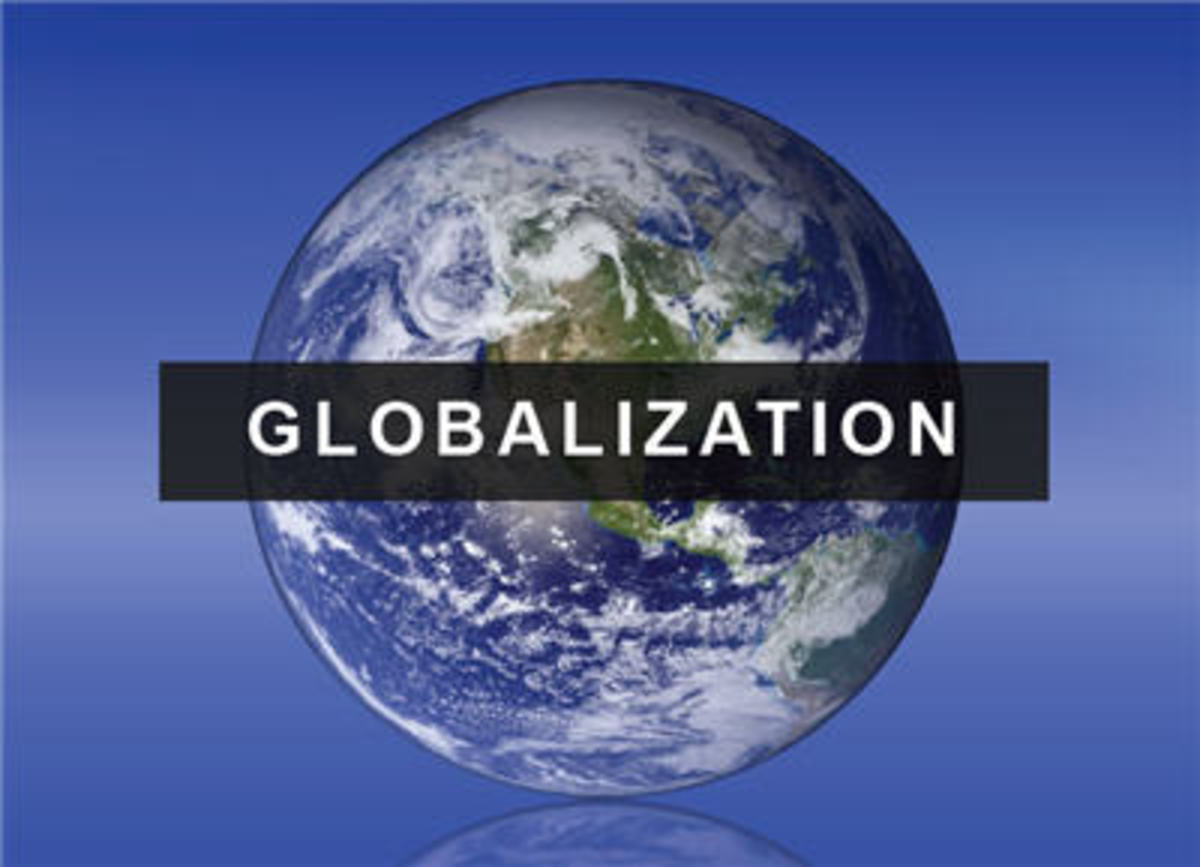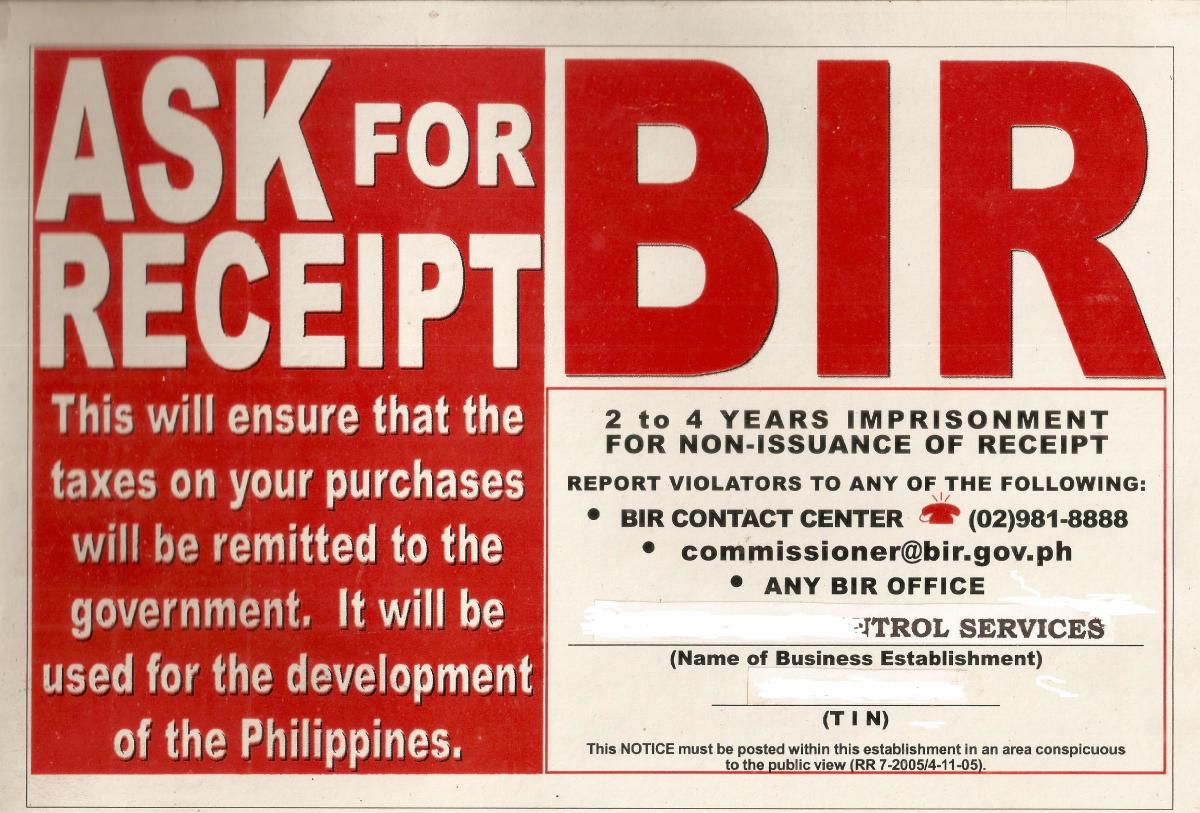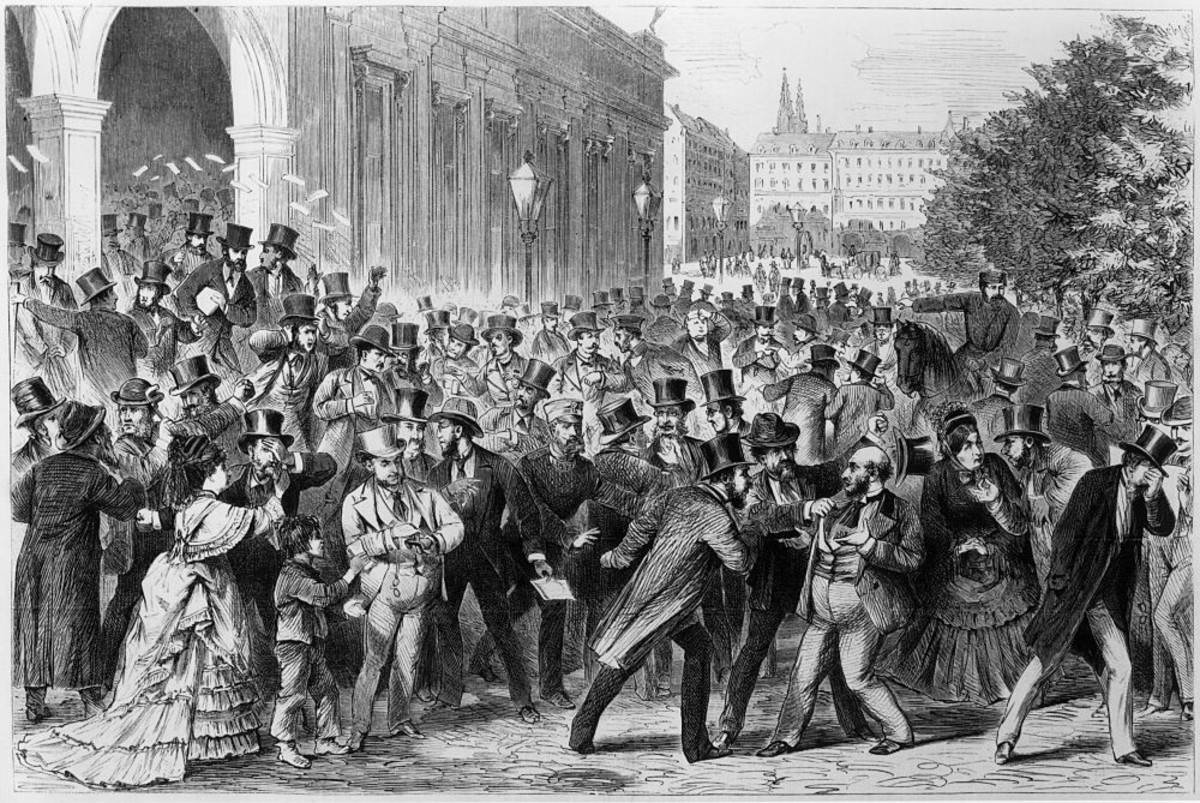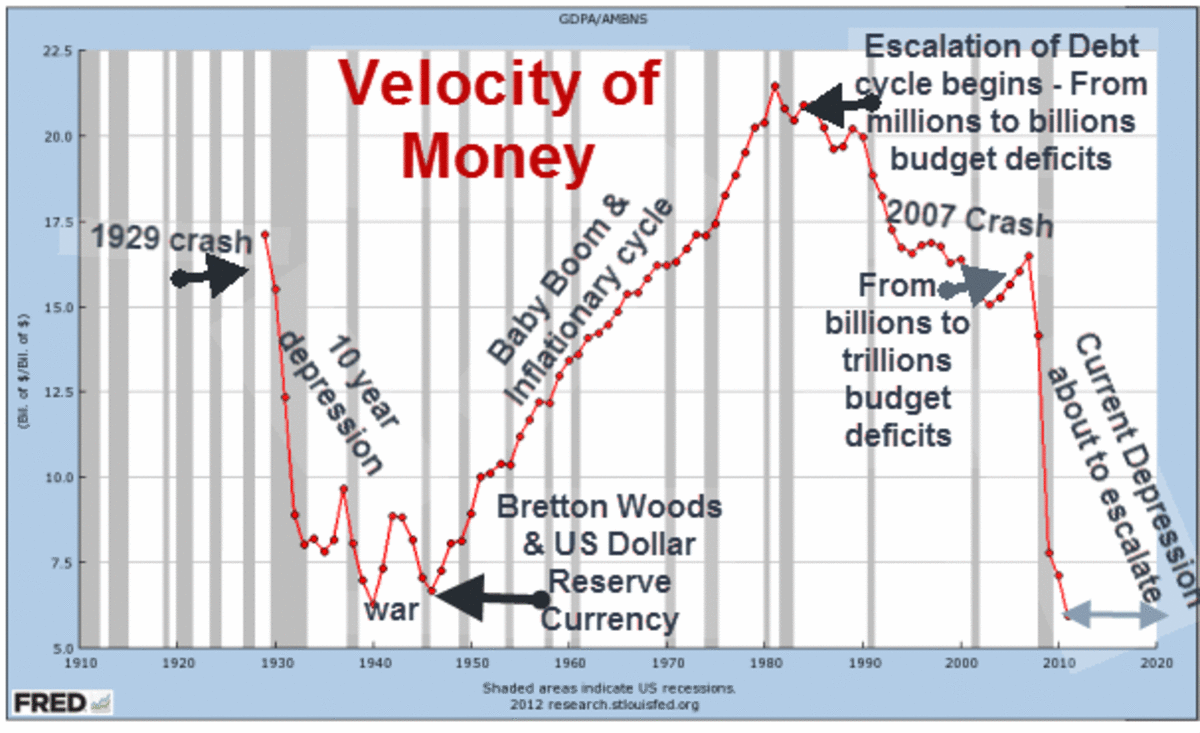Thriving in Economic Adversities: A Tale of Growth and Endurance of the Philippine Economy
Philippine Flags
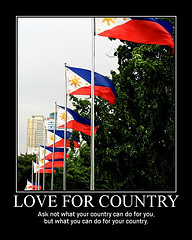
Lest Filipinos don’t realize . . .
While highly developed economies reeled from the damaging effects of the global financial crisis of their own making, the Philippine economy managed to grow at a relatively high rate for the last two years immediately after such crisis occurred. The growth rate was highest in decades for the country at 7.2% in 2007, while slightly lower at 4.6% in 2008. The price level of prime commodities was generally stable given a single digit inflation rate. There was no dramatic movement in the foreign exchange rates, while a positive overall Balance of Payments position was maintained.
The slowing down of the Philippine economy in 2008 is mainly an imported phenomenon (an aftermath of the global recession), and hardly an internally instigated occurrence. No less than foreign observers have singled out the Philippine economy’s resilience in the face of the global economic downturn.
Something good must be happening in the Philippines to turn up an encouraging economic performance. What could then be going right in the Philippines? What propels its encouraging growth amidst external pressure for reduced export demands, incessant internal political squabbles, and overblown negative reports by a hostile media?
What follows would be a remarkable yet verifiable accounts of the Philippine economy in general and its thriving private business sector, which would essentially depict the travails of its people . . . in a nutshell.
The Philippines has good leaders
The Filipinos are peace-loving people and the Philippines has been endowed with the right leadership at the most suitable time.
With the help of the people and the Catholic church, it was former President Corazon Aquino (1986-1992) who rebuilt democracy in the country from the ashes of the Marcos’ martial law regime (1972-1986). The era of President Fidel Ramos (1992-1998) was marked by rapid economic growth and political stability; while President Joseph Estrada (1998-2001) has inspired and empowered the Filipino masses (the poor and less educated).
To her credit, and against all odds, President Gloria Macapagal-Arroyo (2001-2010) took several unpopular policy positions to push hard for the country's economic growth. As a practicing economist, she implemented various significant economic reforms including fiscal reforms (VAT imposition and rate increase despite heavy opposition, failed power grab attempts, and unproven corruption charges against her and her husband). Now, the country is reaping the fruits of her obstinacy and persistence. Her economic resiliency program is now being tested to help displaced workers who lost their jobs because of global recession. The program also aims at upgrading the infrastructure and at providing seed funding for small enterprises.
From June 2010 to present it was the time for Benigno Coquangco-Aquino III to take the saddle to become the 15th Philippine president. Under his watch, the Philippine economy, as measured by the gross domestic product (GDP), expanded 3.7 percent in 2011, less than half the 7.6-percent growth rate posted in 2010. A stellar growth rate of 6.6% was reported for 2012.
Good news has continued to ramp up for the Philippine economy in 2013
A Sizeable Market for Products and Services
By 2010, official estimates from the Philippine National Census and Statistics puts the population at 92.34 million where around 70% is of working age (15 years old and above). Thus, it is a sizeable market to provide labor for production, both for domestic and external demands. It is also a large consumer market which is ready to boost consumption expenditures, especially during the Christmas season.
A more current estimates from the CIA Fact Book came up with larger population count at 105.7 million as of July 2013.
The Filipino workers are world class . . .
The Philippines supply the world, not only with valuable domestic helpers, but also with English speaking and highly trained professionals working as nurses, engineers, teachers, and accountants; caregivers, entertainers, etc.. These are dedicated, hardworking and honest workers who in several occasions have returned money found and sacrificed long hours of work or their own very own lives for the love of their work.
. . . and they are our overseas and local heroes
These Overseas Filipino Workers (OFWs), while providing their talents and precious time enriching other nationalities overseas, also take care of their families at home and the economy through their more than $16.4 billion in remittances for 2008 alone, enabling the economy to register a net income. The multiplier effect of this considerable disposable income cannot be ignored as most families have a higher propensity to spend; the higher the consumption level, the better for the economy.
The Filipinos are creative, hardworking and pliant as a bamboo. For the families of the overseas Filipino workers who were left behind in the country, the underground economy is thriving well (small businesses like vending which are not captured by official statistics) and is supporting the ordinary family’s daily needs. If this can only be properly accounted for, it will definitely further push the national income accounts up.
Foreign exchange rate has been doing relatively good
In 2012. the Bangko Sentral ng Pilipinas (BSP) or the Philippines Central Bank data showed the Philippine peso strengthened by 6.8 percent versus the US dollar to become Asia’s second best performer. The peso has been moving within the 40-peso-level since the start of the year, stronger than the official P42-P45 assumption for 2013. This should not however discount the fact that according to the BSP the peso actually weakened in value for the past two decades in real terms as the local currency plunged to its lowest level for the year in March 2013.
Inflation risks remain subdued
Records from the National Statistics Office showed that core Inflation rate averaged at 3.6 percent in 2010, 4.3 percent in 2011 and 3.7 in 2012 (with 2006 as base year). Inflation was recorded even at a very low rate of 2.10 percent in August 2013. This means that prices of basic commodities have remain relatively stable over the past years.
In July 2013, the BSP announced that it will keep its key interest rates unchanged for the rest of the year as current settings are enough to support economic growth. It also projected a 3.3 percent inflation rate for the year.
Shares of stocks
The stock market is often considered an economic barometer or the primary indicator of a country's economic strength and development. The past trading days have seen the Philippine share prices performing quite well. Mr. Francis Lim of the Philippine Stock Exchange (PSE) has pointed out that in the first quarter of 2009, the Philippines stock was the best performer in the ASEAN region and that is something it can be proud of. This good showing makes him more confident in the performance of the Philippine stock market this year.
Favorable credit ratings
Moody’s Investors Service on 3 October 2013 upgraded Philippine sovereign credit rating to investment grade with positive outlook, citing a robust economic performance in the face of an ongoing fiscal and debt consolidation as well as political stability and improved governance. The Philippine rating was upgraded to Baa3 from Ba1. (Source:Siegfrid Alegado/VS, GMA News)
It must be recalled that in 2009 Moody's Investors Service upgraded Philippines' foreign and local government ratings one notch higher from B1 to Ba3 as the country remained "resilient in the face of the global economic crisis". Four years later, the latest upgrade pushed the country three notches upward to have finally realized its target of becoming "investment" grade.
Industrial peace
The Department of Labor and Employment (DOLE) regards 2008 as another year when industrial peace "reigned" in the country with only five strikes recorded (from a high of 581 in 1986), the lowest in the seven decades of the agency's existence. And it has remained to be stable even for the succeeding years.
Natural Wonders: It's More Fun in the Philippines
Abundant natural resources
The Philippines occupies a strategic geographical location, acting as a potential gateway for investors to the Asian market.
The country’s climate is tropical, with average temperature varying from 75ºFto 87ºF (24ºC to 31 ºC). The northern half of the country has pleasant, near cool weather from November to February; a hot, dry season from March through May or June; and rainy weather from July to October when storms visit the area. The southern half of the country has a less changeable climate and is seldom affected by tropical storms.
The Philippines has resources of copper, gold, nickel and other minerals in the total value of up to US$840 billion, approximately the same level as Brazil. This highlights the vast potentials awaiting foreign investors in energy and raw materials sectors in the Philippines and the region as a whole.
The beaches in the country are captivating and among the best in the world. For this reason, among others, there are vast opportunities to be tapped for tourism and allied industries.
Happy conclusion
The long and the short of it, all Filipinos are heroes in their own right, not only for their respective families but to the entire nation as well. They have all the reasons to feel blessed, happy, thankful, proud of their country and individual accomplishments, wherever they may be. After all, thriving in adversity is not a mean feat. We show true courage when we choose to look at the glass as half full; not half empty. So, everyone must remain vigilant as the financial recovery is slow in coming. Yet, it would seem that a cheerful disposition and an optimistic attitude will go a long way.
Related hubs
- Philippine Response to US Government Shutdown 2013
The recent US Government shutdown had seen ripples in governments all over the world. The Philippines is no exception, especially in its effect on the local bourse, the Philippine Stock Exchange. - 30 members of Philippine Stocks Exchange Indices (PS...
The PSEi, composed of a fixed basket of 30 companies, is the main index of the Philippine Stock Exchange. - The Filipinos - the world's finest!
The Filipinos are some of the best people on the planet. Here's why... - Send flowers . . . exquisite and enchanting sampagui...
Send flowers to your loved ones. This is a loving gesture that will never fail to win the heart of any woman in your life; be it your girlfriend, mother, daughter or close friends. Roses, orchids and sampaguita garlands are among my personal favorite - Financial Recession and Its Effects in the Philippin...
Technically speaking, the Philippines is not yet in recession, like other countries in the rest of the world. The Philippine economy certainly did not have a negative growth in 2008 and in the first quarter...


